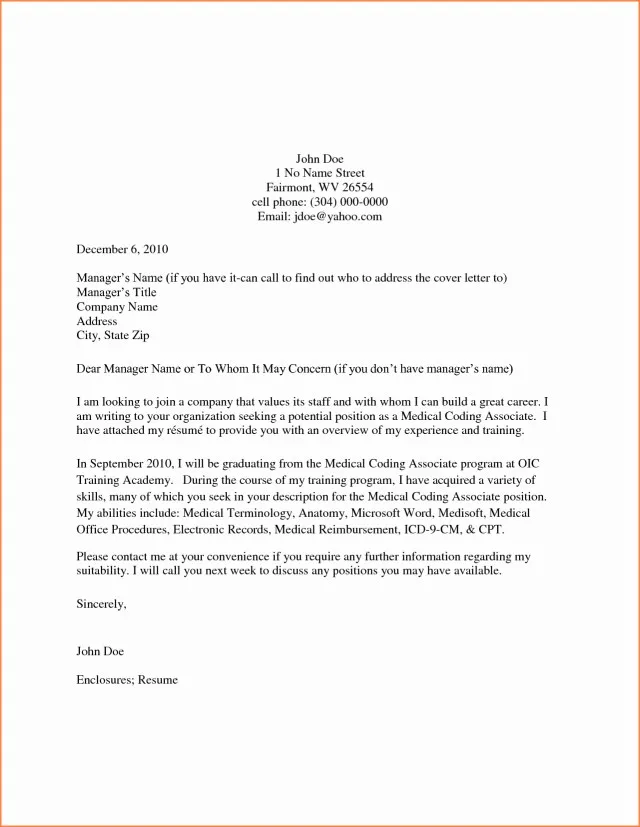Cover Letter Secrets
In the competitive job market, a well-crafted cover letter can be your most effective tool. It’s your opportunity to go beyond your resume, showcase your personality, and demonstrate why you’re the perfect fit. While resumes give a snapshot of your skills, a cover letter allows you to tell a story, highlighting your unique value and passion. But what if you are applying to a company where you don’t know anyone? This is where the secrets of a compelling cover letter come into play, elevating your application from generic to outstanding. These secrets will help you navigate the challenges of a job search, even when you don’t know the hiring manager or anyone within the company. Let’s explore the top 5 secrets to create a cover letter that grabs attention and helps you secure an interview.
Understanding the Unknown
When addressing a cover letter to an unknown recipient, the ability to stand out is essential. This shows that you have done your homework, and you are not just sending a generic application. By researching the company, you immediately establish credibility and show that you are genuinely interested in the position. Although knowing the name of the hiring manager is helpful, you will need to find other ways to show that you are not sending a mass application. This is crucial for a strong first impression, as it reflects your attention to detail and your commitment to the company. This section provides guidance on how to do your research and personalize your cover letter.
Researching the Company
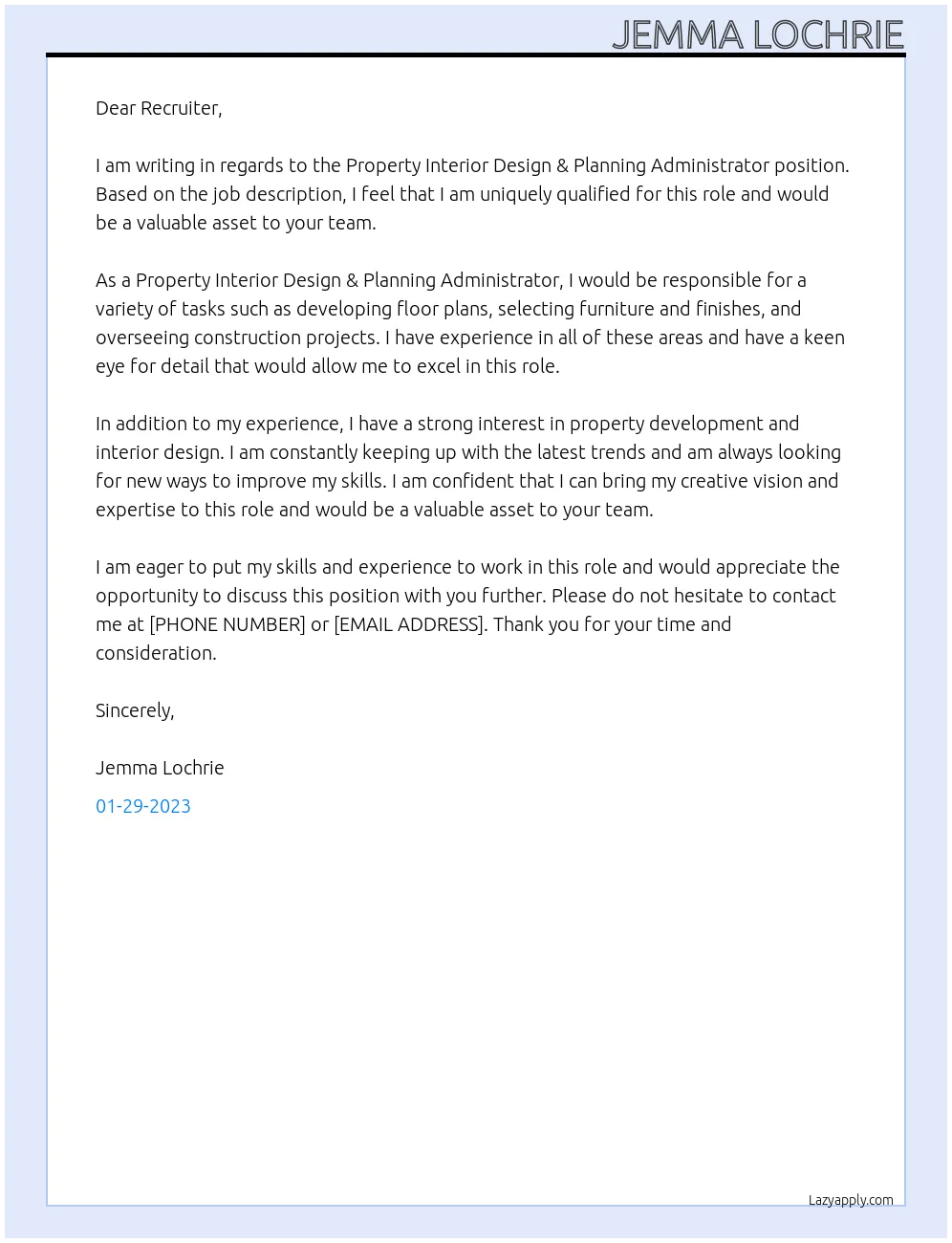
Before you start writing, research the company. Visit their website, explore the “About Us” section, and read recent news or blog posts. Pay attention to their mission, values, and any recent projects. Review the company’s social media profiles. Understanding their culture, goals, and challenges provides valuable insights. This research will help you tailor your cover letter to their specific needs, showing that you are genuinely interested in the company. This will help you tailor your letter, demonstrating you understand their needs and goals. Knowing the company’s values will help you demonstrate cultural alignment in your letter.
Why Research Matters
Researching the company is crucial because it allows you to personalize your cover letter. Generic cover letters are often disregarded. When you personalize your letter with details that show you understand the company’s values, goals, and current projects, it demonstrates a level of interest that generic letters can’t match. This shows that you are not just applying for any job, but for a specific opportunity with their company. This personalization indicates that you are invested in their success and that you have the potential to contribute meaningfully. The more specific your research, the more compelling your cover letter will be.
Finding Company Information
Gathering information can be done in several ways. Start with the company website, which provides an overview of their mission, values, and recent projects. Next, explore their “About Us” or “Careers” sections for insights into their culture. Social media platforms like LinkedIn can offer real-time updates and employee perspectives. Use search engines to find news articles, press releases, and blog posts. Look for mentions of recent accomplishments, challenges, or initiatives. If possible, read reviews on sites like Glassdoor to understand the company culture from current or former employees. This will provide a good foundation for you to create your cover letter.
Crafting a Compelling Opening
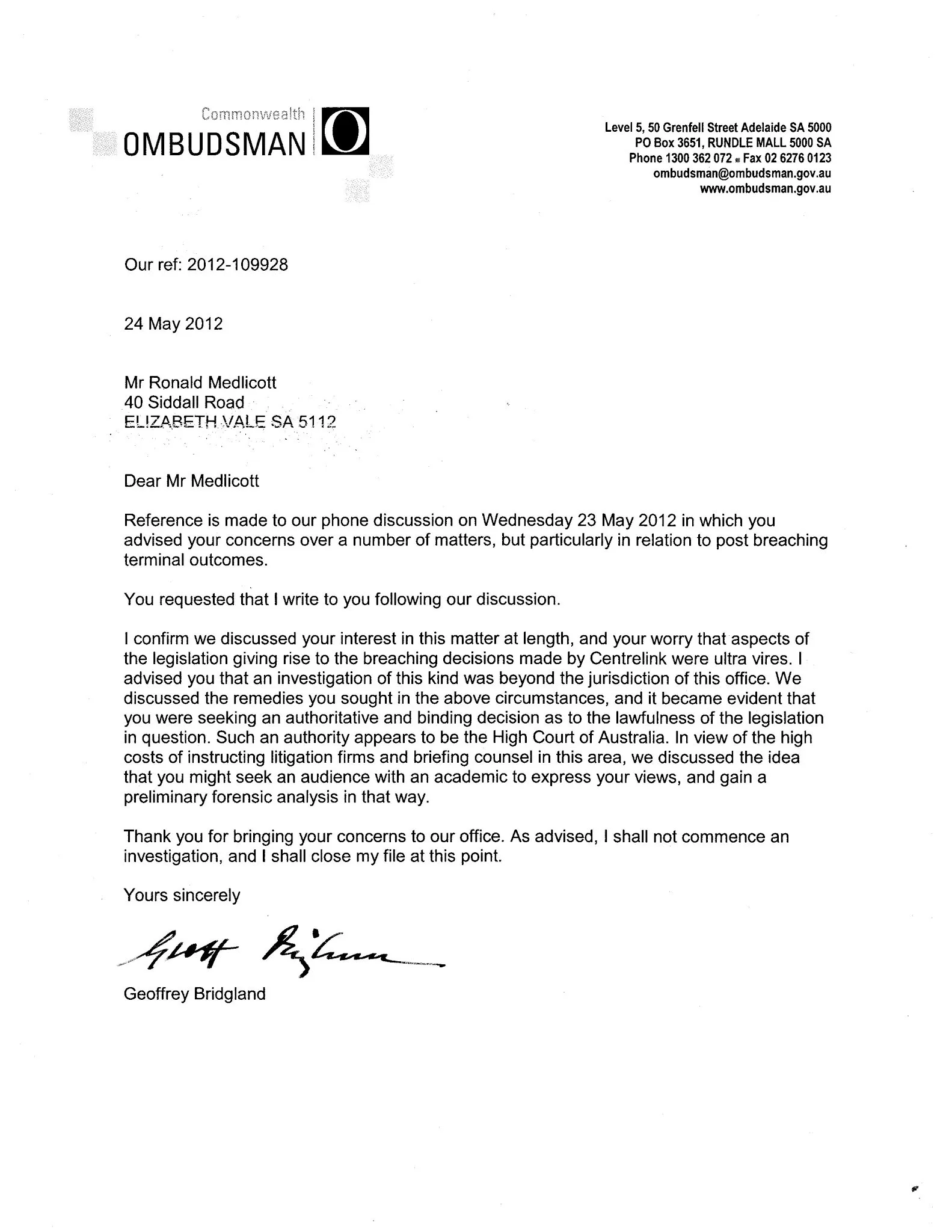
The opening of your cover letter is your opportunity to grab the reader’s attention. Avoid generic greetings like “To Whom It May Concern.” Instead, if possible, try to find the name of the hiring manager. If you cannot find a specific name, consider using a title like “Hiring Manager” or a department like “Human Resources.” Once you’ve established your greeting, immediately engage the reader. Start with a strong statement that grabs their attention. This could be an enthusiastic statement about the company, a brief anecdote that showcases your relevant skills, or a direct statement that outlines your understanding of their needs. This opening statement sets the tone for the entire letter, making it more engaging.
Highlighting Relevant Skills
Focus on the skills and experiences that align with the job requirements. Review the job description and identify the key skills and qualifications the employer is seeking. Highlight your relevant accomplishments that demonstrate you possess these skills. Provide specific examples to support your claims rather than just listing skills. For instance, instead of saying “I am proficient in project management,” you could write, “I successfully managed a project that was completed ahead of schedule and under budget, resulting in a 15% increase in efficiency.” Tailor each skill or accomplishment to reflect the needs of the company and the requirements of the position.
Quantifying Achievements
Use numbers and data to demonstrate your accomplishments. Quantifiable achievements provide concrete evidence of your skills and the value you can bring to the company. Rather than saying “I improved customer satisfaction,” state “I increased customer satisfaction scores by 20%.” Use metrics like percentages, dollar amounts, or other measurable results to showcase the impact of your work. Provide context and explain how your achievements benefited your previous employers. Quantifying your achievements makes your cover letter more convincing and makes it easier for the hiring manager to assess your capabilities. This approach provides concrete evidence that you can deliver results.
Matching Skills to the Job
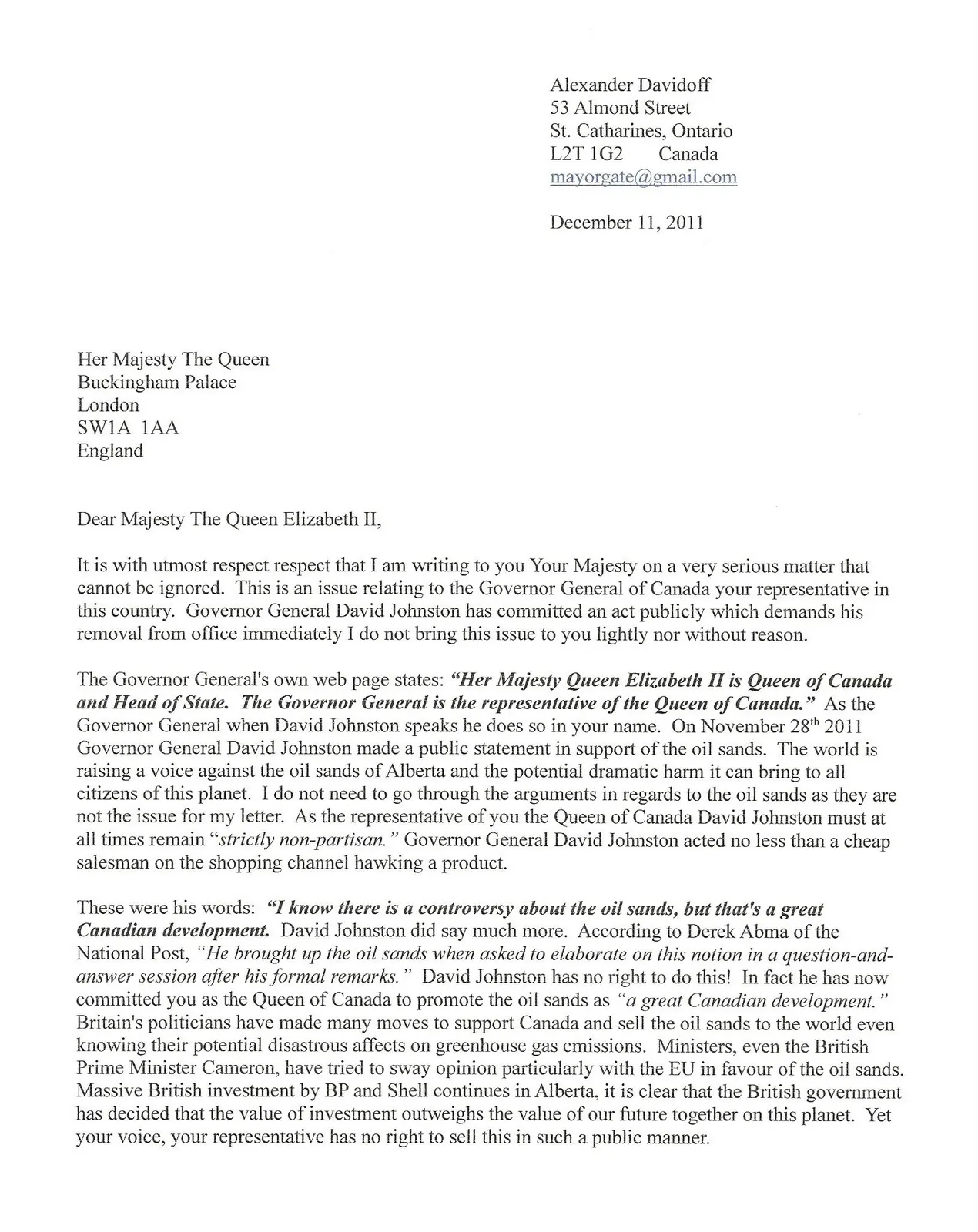
Carefully align your skills and experience with the job description. The hiring manager will be looking for candidates who meet the specific requirements listed in the job posting. Review the job description and identify the essential skills and qualifications. Highlight your relevant accomplishments that demonstrate these skills and provide concrete examples. Don’t simply list your skills. Instead, explain how you have applied those skills and what the results were. For example, if the job requires experience with data analysis, describe a project where you used data analysis to identify a problem and create a solution. Show, don’t just tell, how your skills and experience make you a perfect match for the role.
Showcasing Enthusiasm and Fit
Your cover letter is an opportunity to demonstrate your enthusiasm for the position and the company. Convey your interest in the role and showcase how you can contribute to their success. This involves more than simply stating that you are enthusiastic. You need to demonstrate genuine interest by referencing specific details about the company or the role. For example, mention a recent project you found interesting or a company value that resonates with you. This shows the hiring manager that you’ve done your homework and are genuinely interested in the opportunity.
Expressing Your Interest
Expressing your interest involves clearly stating why you are applying for the role and what excites you about the opportunity. Tailor your message to the specific job and company. Explain why you are interested in this specific role and how your skills and experience align with the company’s goals. Refer to specific details from the job description or the company’s website to demonstrate that you understand the requirements of the role and the values of the company. For example, if the company emphasizes teamwork, highlight your experience working in collaborative environments. The more specific you are, the more genuine your interest will appear.
Demonstrating Cultural Alignment
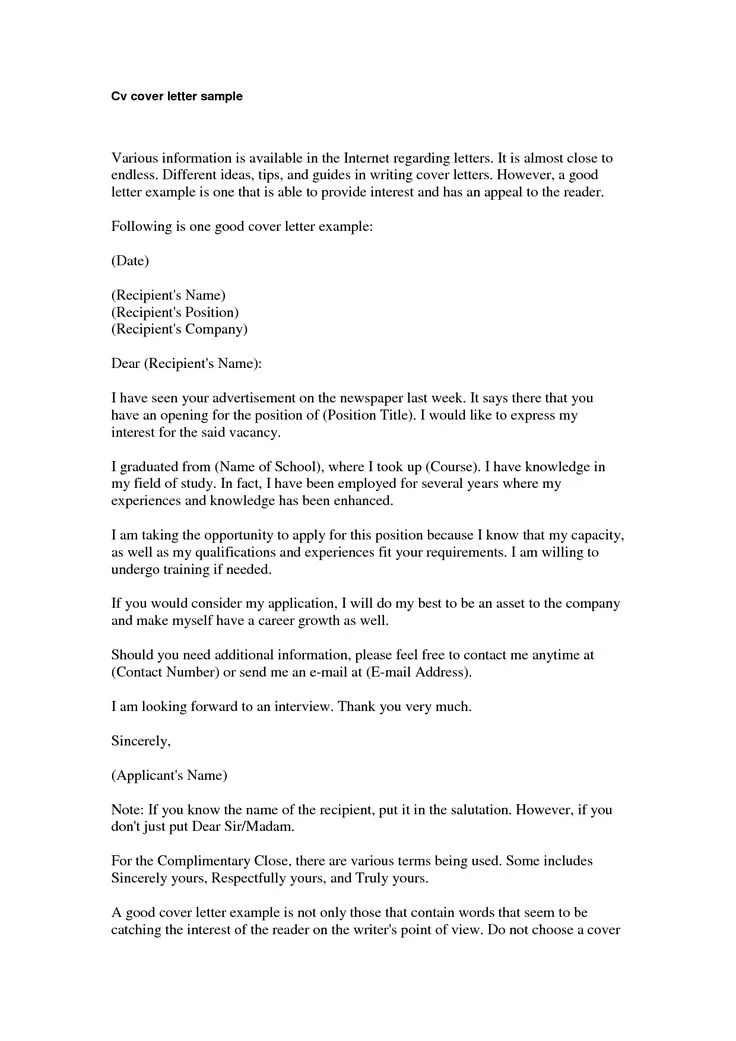
Demonstrate that you understand and align with the company culture. This goes beyond simply listing the company’s values; it means demonstrating how your personal values and work style align with their culture. Do your research to understand the company’s values and culture. If the company emphasizes innovation, describe how you approach new challenges. If they value teamwork, highlight your collaborative experiences. Use your cover letter to show that you fit in, not just based on your skills, but also based on your personality and work ethic. This helps the hiring manager see how you will contribute to the company’s environment and whether you are a good fit. This will significantly improve your chances.
Polishing Your Closing
The closing paragraph is your last chance to leave a positive impression. Keep it concise and confident. Reiterate your interest in the position, thank the reader for their time, and state your availability for an interview. Avoid clichés and keep your tone professional and enthusiastic. Make sure your closing paragraph reinforces the main points of your cover letter. The closing paragraph is a chance to create a lasting impression and encourages the hiring manager to contact you. A strong closing leaves the reader with a positive impression.
Call to Action
Include a clear call to action in your closing. This directs the hiring manager on what you want them to do next. The most common call to action is to request an interview. Clearly state that you are available for an interview and provide your contact information, including your email and phone number. Make sure your call to action is proactive and emphasizes your interest in the role. For example, instead of saying, “I look forward to hearing from you,” try “I am eager to discuss how my skills can benefit your team and welcome the opportunity for an interview.” A clear call to action makes it easier for the hiring manager to take the next step.
Proofreading and Editing
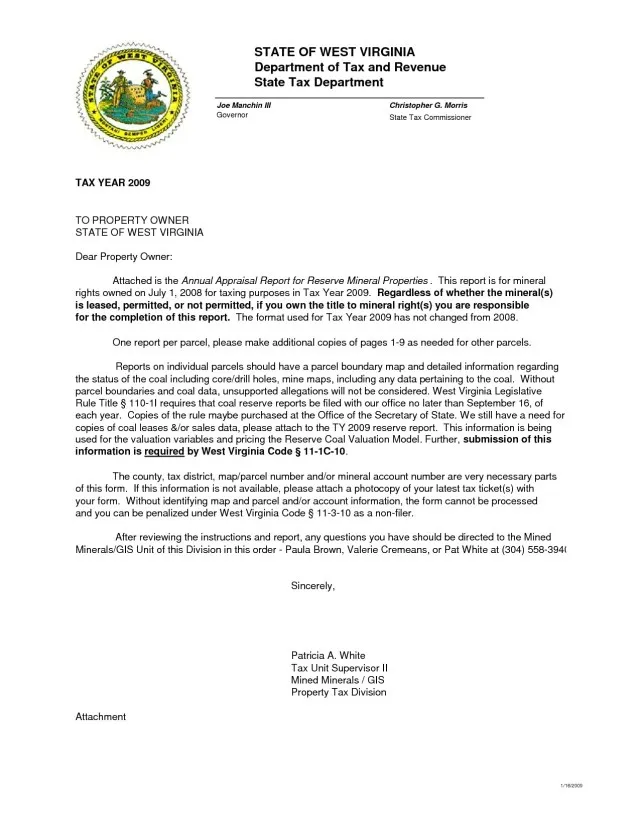
Proofread and edit your cover letter carefully to ensure it is free of errors. Errors in grammar, spelling, and punctuation can create a negative impression. Read your cover letter multiple times, and consider having someone else review it as well. Check for consistency in formatting and tone. Make sure your cover letter is concise and easy to read. The best cover letters are clear, error-free, and tailored to the specific job and company. Carefully proofreading ensures the message is conveyed accurately. By eliminating errors, you demonstrate professionalism and attention to detail. Proofreading is essential for increasing your chances of success.
